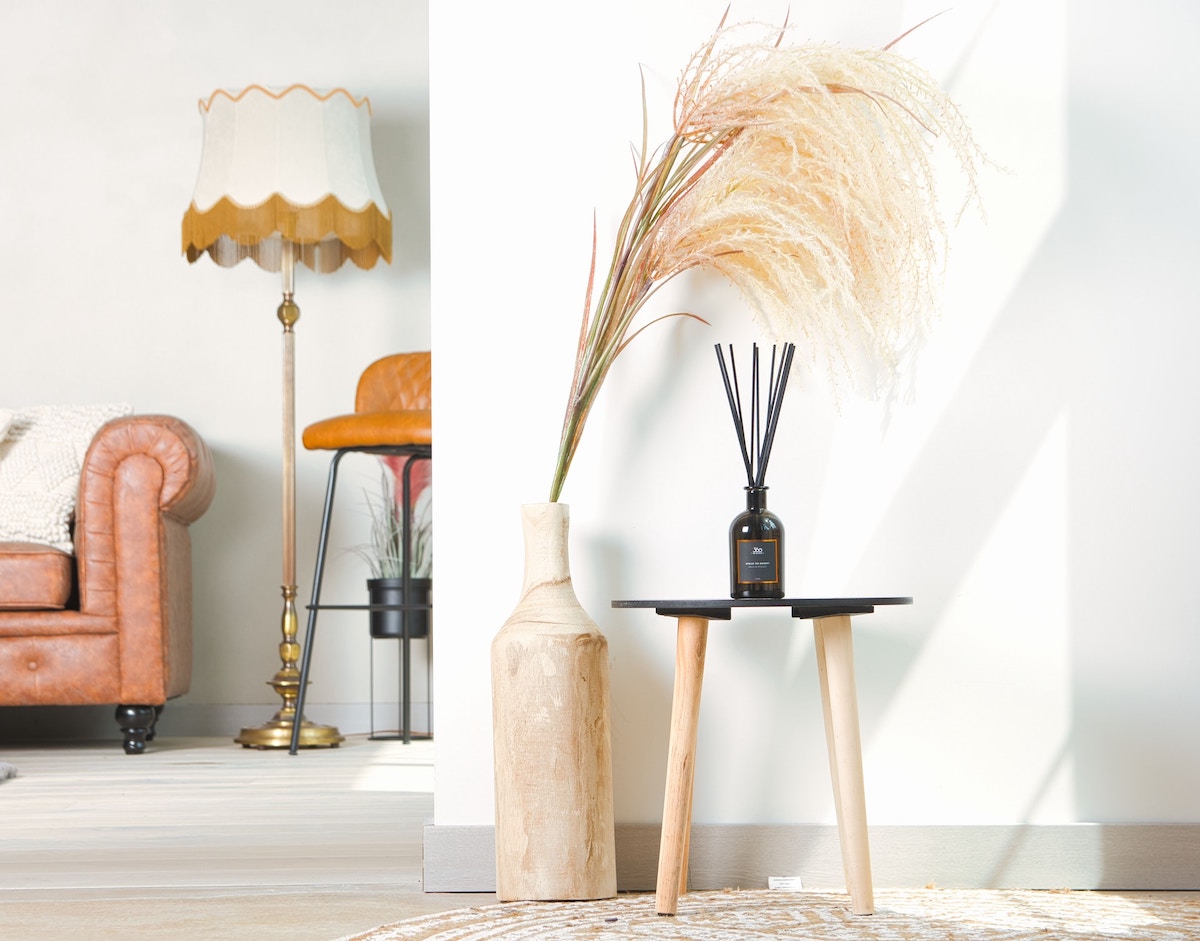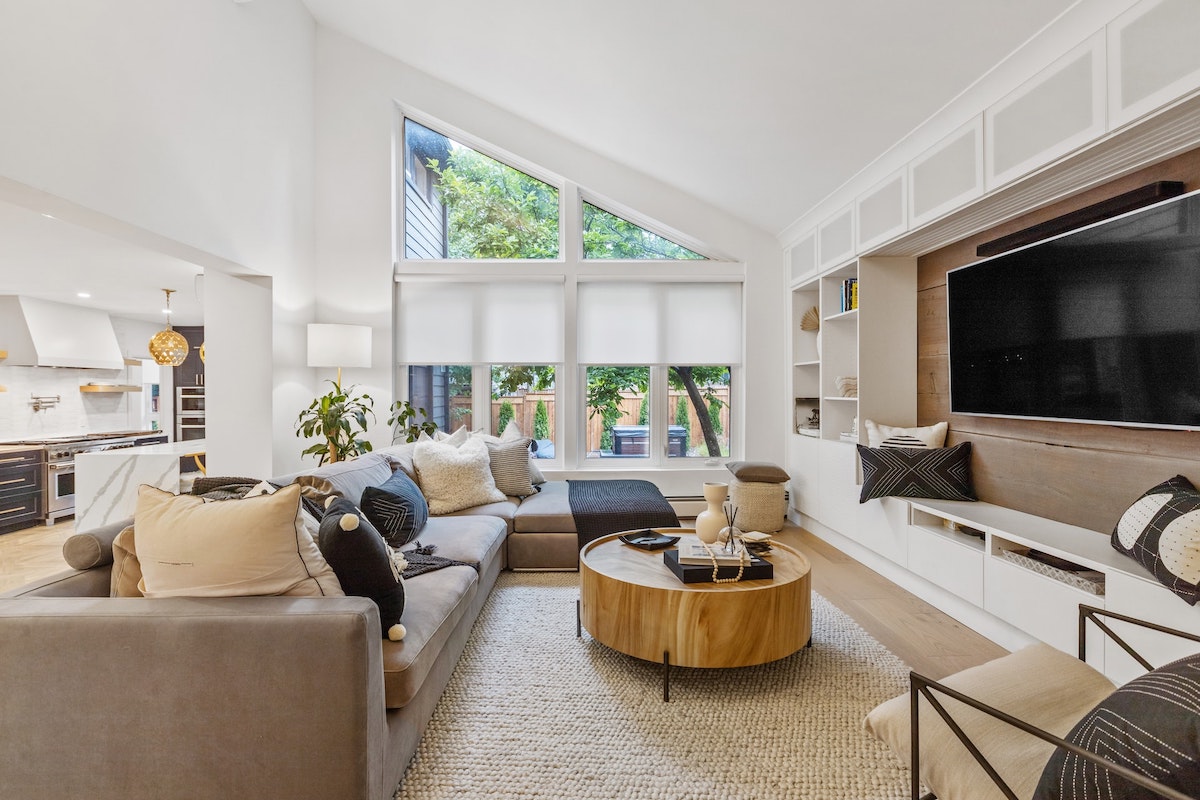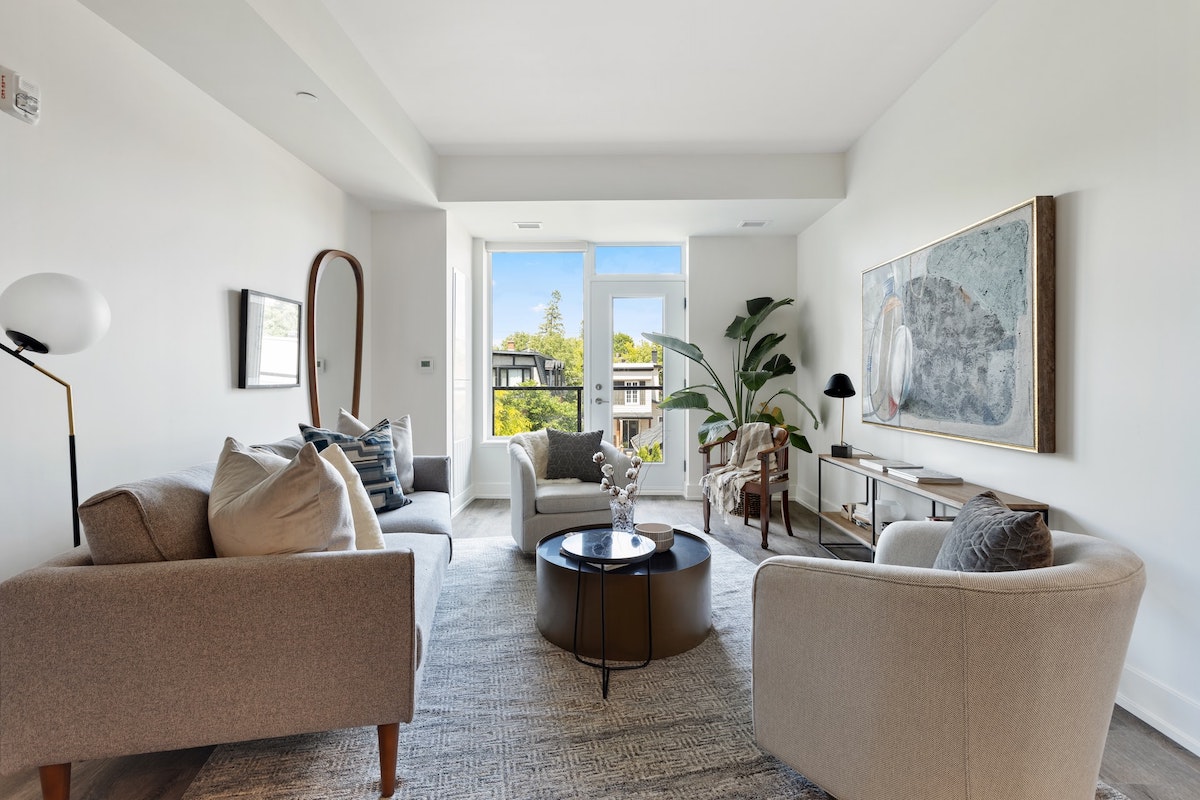The DOs and DON’Ts of buying second-hand furniture
Shoppers new to pre-loved purchasing may fall victim to some of the market’s most common pitfalls. Whether it’s returning home with a wobbly dining table chair or a sofa marred with hidden stains, you can avoid making bad investments by knowing the best practices.
Sourcing second-hand furniture isn’t as easy as window shopping: you’ll need to make certain practical and visual design preparations, do some at-home research and ask all the right in-store questions.
Luckily, we’re here to help. Follow the dos and don’ts of buying second-hand furniture and get ready to transform your home in a cost-effective, environmentally friendly way.

DO inspect for quality
Finding good quality second hand furniture is all about inspection.
While it’s the retailer’s responsibility to disclose any imperfections, it’s the buyer’s job to make sure they’re investing in a pre-loved piece that will stand the test of time. Vintage or second-hand items might not be in perfect shape, but some issues are easier to fix!
We recommend testing any moving parts like drawers, doors and hinges to make sure they operate smoothly. Before making a final decision, why not research the manufacturer to see if their products have a reputation for quality craftsmanship?
If possible, physically check the furniture for signs of damage or instability, such as wobbling in chairs and tables. For upholstery, checking for odours or hard-to-remove stains is essential for preventing future issues.
DON’T buy without a plan
Impulse purchases are the enemy of second-hand shopping!
Not having a plan for your space can lead to mismatched furniture that doesn’t fit a cohesive scheme. We recommend planning your interior down to the smallest details, like wall lights and side tables.
Start by making a list of the items you’re looking for: this can help you stay focused and prevent you from accumulating unnecessary pieces. Settle on a style: are you creating a contemporary space that prioritises minimalism and clean lines?
Or are you more interested in bohemian decor? In this case, keep an eye out for brightly-coloured furniture with intricate patterns. When you buy without a plan, you risk cluttering your space with items that don’t serve a purpose.

DO take measurements
Taking measurements is a practical, preparatory step that shouldn’t be overlooked.
Measuring your home will make sure that the furniture fits the intended space but also passes through doorways, staircases, or any other potential obstacles smoothly.
By doing so, you avoid the frustration of discovering that a piece you’ve fallen in love with won’t fit where you’d hoped, or worse, can’t be brought into your home.
We recommend measuring the furniture yourself and checking with the seller for any additional details not provided in the listing. Due diligence is especially vital when shopping online or in situations where you might not be able to see the piece before purchasing.
DON’T overlook the potential of renovation projects
Overlooking the potential of renovation projects may mean missing out on some of the market’s best-hidden gems. By upcycling a well-worn item, you can transform unloved furniture into refreshed pieces that fit your interior themes exactly.
These items are often offered at a discounted price (to offset the visual impact of blemishes). If you’re an experienced upcycler, you may be able to restore the furniture to its original condition and save money in the meantime!
Plus, there’s the environmental advantage of saving pre-loved furniture from landfill. Buying second-hand pieces decreases the demand for new materials and, in turn, lowers pollution.

DO know your materials
To assess the durability, maintenance requirements and aesthetic appeal of used furniture, you should always consider its material.
Solid woods, such as oak, mahogany, and teak, are renowned for their strength and longevity, meaning they’re excellent for items that endure heavy use (e.g. dining tables and wardrobes). Best of all, these woods can often be refinished or repaired.
However, engineered woods like particleboard and MDF, while cost-effective, may not have the strength or durability of solid woods. They’re more susceptible to water damage and harder to repair, which might not make them the best choice for long-term furnishings.
DON’T overlook the importance of comfort
Buying second-hand furniture isn’t just about how it looks; it’s about sourcing items that you’ll be happy to have and use in your home for decades. Comfort is especially important for purchasing seating or chairs.
Uncomfortable furniture can lead to discomfort, poor posture, and even physical pain over time. Investing in comfortable pieces that suit your body can make a huge difference in your quality of life.
That’s why we advise shoppers to hold the ergonomic quality of second-hand furniture just as highly as its aesthetics.





